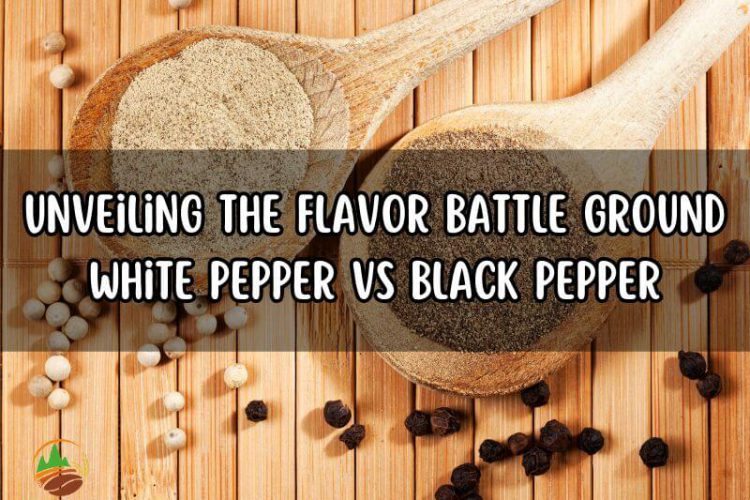From potentially aiding in blood sugar regulation to being a source of powerful antioxidants, cinnamon leaves tea is more than just a comforting beverage. Join us as we uncover the wonders of this herbal remedy and provide insights into crafting the perfect cup of cinnamon leaf tea in the comfort of your own home.
Table of contents
Significant health benefits of cinnamon leaves tea
Cinnamon leaves offer a range of benefits that go beyond their well-known culinary uses. These leaves contain some compounds that contribute to their potential health advantages. Cinnamon leaf benefits have been traditionally used in various cultures for their potential medicinal properties.
Cinnamon leaf tea offers a variety of potential health benefits due to its natural compounds. Here are some of the key advantages:
- Blood Sugar Regulation: Cinnamon leaves tea is known for its potential to help regulate blood sugar levels. Certain compounds in cinnamon may enhance insulin sensitivity and assist in managing blood glucose, which can be particularly beneficial for individuals with diabetes or those at risk of developing the condition.
- Digestive Support: It might offer digestive support by promoting healthy digestion and alleviating gastrointestinal discomfort. It can help ease bloating, gas, and indigestion, making it a soothing option after meals.
- Weight Management: Cinnamon leaf tea could play a role in weight management by potentially boosting metabolism and supporting healthy weight loss efforts. However, it’s important to note that this effect is likely to be modest and works best as part of a balanced diet and active lifestyle.
- Relaxation and Well-being: The aroma and warmth can have soothing effects on the mind and body. Enjoying a cup of this tea may help reduce stress, promote relaxation, and enhance overall well-being.

How to make cinnamon leaves teas to treat your family
Making cinnamon leaf tea is a simple process that can be done using fresh or dried cinnamon leaves. Here’s a basic recipe to guide you.
Dispensable ingredients to make cinnamon leaves tea
Let’s delve into more detail about the ingredients used in making cinnamon leaf tea:
- Cinnamon Leaves: Cinnamon leaves are the primary ingredient in this tea. Cinnamon leaf contains essential oils and compounds that contribute to the unique flavor and potential health benefits of the tea.
- Water: Water serves as the base for the tea and is essential for steeping the cinnamon leaves. Make sure to use clean, filtered water to ensure the best taste and quality of the tea.
- Optional additions: Enhance the cinnamon leaves tea‘s flavor and potential health benefits with natural sweetener honey, refreshing citrusy lemon, warming ginger, and fragrant cardamom that adds an extra layer of flavor and aroma to the tea.

Step by step guide how to make cinnamon leaves tea
Here’s the instruction for the best flavor and easy cinnamon leaf tea:
- Gather Cinnamon Leaves: For the best tea, choose cinnamon leaves high in essential oil content, which adds to the tea’s flavor and potential benefits. Cinnamon leaf essential oil contains healthy compounds like cinnamaldehyde and eugenol, offering anti-inflammatory, antimicrobial, and aromatic properties used in aromatherapy and skin care.
- Prepare Water: Boil water in a kettle or on the stovetop. The amount of water you use will depend on how many cups of tea you want to make.
- Add Cinnamon Leaves: If using fresh leaves, rinse them thoroughly to remove any dirt. If using dried leaves, measure out about 1 to 2 teaspoons of dried leaves per cup of water. Place the leaves in a teapot or directly in your cup.
- Pour Hot Water: Carefully pour the hot water over the cinnamon leaves in the teapot or cup.
- Steep: Cover the teapot or cup with a lid or plate to trap the steam. Let the cinnamon leaves steep in the hot water for about 5 to 10 minutes. Steeping longer can result in a stronger flavor.
- Optional Additions: If desired, you can add honey, lemon, or other herbs like ginger or cardamom for additional flavor and health benefits. These additions can enhance the taste and aroma of the cinnamon leaves tea.
- Strain and Serve: If you use loose leaves, strain the tea into your cup to remove the leaves. If you used a teapot with an infuser, simply remove the infuser. Your cinnamon leaf tea is now ready to enjoy!
- Sip and Enjoy: Take small sips of the warm cinnamon leaf tea, savoring its flavor and potential benefits. Relax and enjoy the soothing effects of the tea.

Health considerations when using cinnamon leaves tea
While cinnamon leaf tea offers potential benefits, it’s important to consider the following:
- Allergies: Some individuals may be allergic to cinnamon or its compounds. Start with a small amount and monitor for any adverse reactions.
- Medications: If you’re taking medications, especially blood thinners or diabetes medications, consult your healthcare provider before consuming cinnamon leaves tea, as it may interact with certain drugs.
- Pregnancy: Pregnant women should consume cinnamon in moderation and consult a healthcare professional before adding cinnamon leaf tea to their diet.

Higher appreciate substitute for the cinnamon leaves tea
Though cinnamon leaf tea offers potential health benefits, the appreciation of cinnamon leaf tea is not as good as cinnamon tea derived from cinnamon bark. Cinnamon bark tea is often considered superior to cinnamon leaves tea due to its higher concentration of active compounds.
Cinnamon tea made from cinnamon bark contains a higher amount of cinnamaldehyde, the key component responsible for many of cinnamon’s health benefits, including its antioxidant and anti-inflammatory properties. Additionally, cinnamon bark’s flavor profile tends to be stronger and more robust, creating a richer and more satisfying tea experience.
However, it’s essential to note that both types of tea can offer their own unique advantages, so the choice ultimately depends on individual preferences and desired health benefits.






